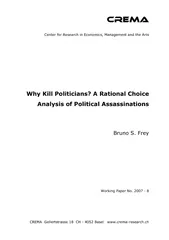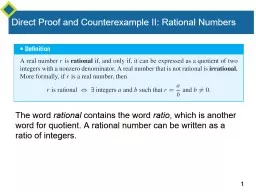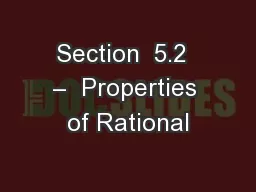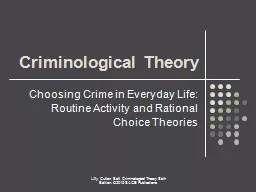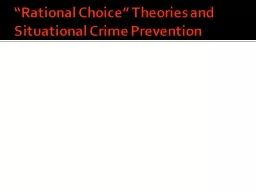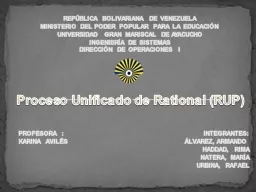PDF-Why Kill Politicians A Rational Choice Analysis of Po
Author : briana-ranney | Published Date : 2015-05-01
Frey University of Zurich and CREMA Research Center for Economics Management and the Arts this version 29 Mai 2007 BSF Abstract In the course of history a large
Presentation Embed Code
Download Presentation
Download Presentation The PPT/PDF document "Why Kill Politicians A Rational Choice A..." is the property of its rightful owner. Permission is granted to download and print the materials on this website for personal, non-commercial use only, and to display it on your personal computer provided you do not modify the materials and that you retain all copyright notices contained in the materials. By downloading content from our website, you accept the terms of this agreement.
Why Kill Politicians A Rational Choice Analysis of Po: Transcript
Download Rules Of Document
"Why Kill Politicians A Rational Choice Analysis of Po"The content belongs to its owner. You may download and print it for personal use, without modification, and keep all copyright notices. By downloading, you agree to these terms.
Related Documents

